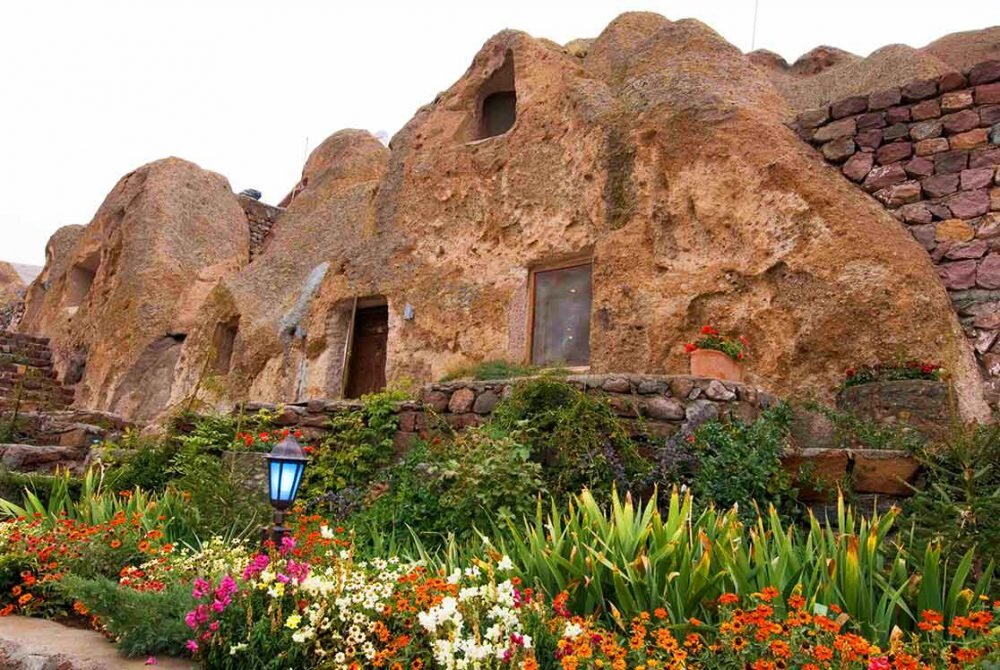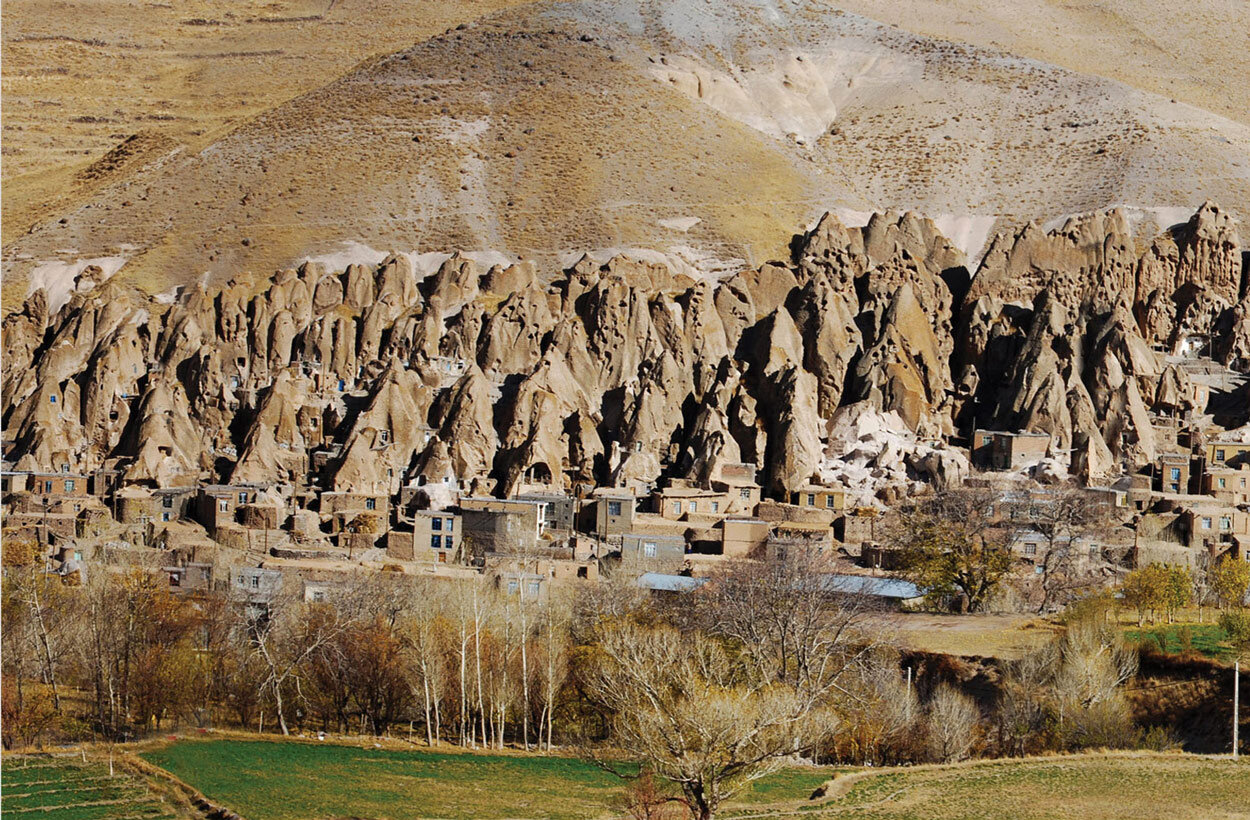Restoration efforts underway in Kandovan ahead of UN registration anniversary

TEHRAN - Restoration work has begun in Kandovan, a historic village known for its unique cone-shaped, stone-carved houses, as part of efforts to eliminate unauthorized architectural interventions and enhance the village’s visual harmony.
This initiative marks the first anniversary of Kandovan’s inclusion on the UN Tourism list of Best Tourism Villages.
On Wednesday, Vahid Navadad, an official with East Azarbaijan’s tourism directorate, announced the commencement of plastering operations in the village, aimed at restoring the historical texture, removing disruptive architectural modifications, and visually unifying the historic site.
“Restoration efforts are being intensified to preserve and enhance the village’s unique heritage as we approach its first anniversary of designation by the UN Tourism.”
Navadad made the remarks during a coordination meeting on the village’s restoration, saying: “Completing the plastering operations will not only protect the village’s structures but also play a crucial role in maintaining visual harmony and preserving Kandovan’s architectural identity.”

Kandovan is celebrated for its distinctive architecture, featuring cone-shaped stone houses hand-carved into the mountainside. It is one of the few remaining rocky villages in the world where residents still live, making it both a natural wonder and a historical treasure. Its unique blend of natural and traditional architecture continues to attract tourists and highlights the importance of preserving such heritage sites for future generations.
In 1997, the village was inscribed on Iran’s Cultural Heritage list. Since then, the villagers have decided to make a living through tourism and preserve their traditional houses, whereby emigration rates to big cities decreased considerably.
The resemblance of the stone houses to hives also encouraged the local community to introduce honey as a main product. Furthermore, local women decided to collect herbs to sell to visitors and transform a part of their houses into lodgings whereby tourists could experience a truly unique accommodation experience. As a result of their innovative efforts, the villagers’ houses have been preserved and the village remains an active presence in the rural tourism sector.
Alongside the village being inscribed in the country’s National Heritage List because of its unique natural condition, this has resulted in some challenges relating to construction work where strict rules and regulations exist.
AM
Leave a Comment